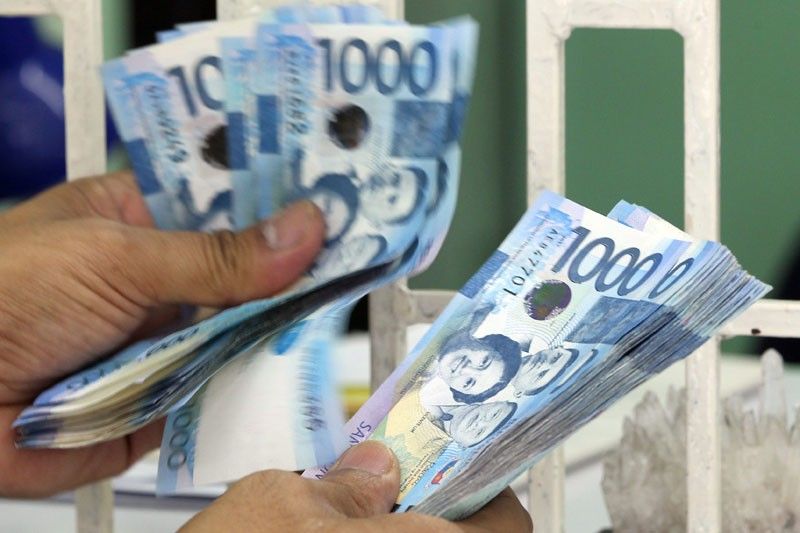Peso seen to hit 54.80:$1 by end 2018

MANILA, Philippines — The research arm of Fitch Ratings expects the peso to end weaker at 54.80 to $1 this year and 56.33 to $1 in 2019 amid fears of contagion from emerging markets as well as rising interest rates in the US.
In its latest research note titled “Philippine peso weakness to continue but at a more gradual pace,” Fitch Solutions Macro Research said the latest forecast was weaker than the previous projection of 54 to $1 for 2018 and 2019.
“The Philippine peso is looking technically bearish in the near-term and we believe that fears of contagion from other emerging markets and rising US interest rates will weigh on the currency further despite the Philippines central bank’s policy actions,” it said.
The US Federal Reserve raised interest rates for the third time this year by another 25 basis points, bringing the fed funds rates to a range of two to 2.5 percent. The US Fed is expected to make another rate hike this year and three more next year.
Likewise, the BSP also delivered another 50-basis point rate hike last Sept. 27, bringing the cumulative increase to 150 basis points so far this year to anchor rising inflationary expectations.
The BSP raised its inflation forecasts to 5.2 percent this year and to 4.3 percent next year due to higher oil prices, more expensive rice and agricultural products after the onslaught of Typhoon Ompong, and the weak peso.
Inflation averaged 4.8 percent in the first eight months after hitting a fresh nine-year high of 6.4 percent in August from 5.7 percent in July.
The peso has emerged as the third weakest currency in the region after the Indian rupee and Indonesian rupiah, after shedding more than eight percent to pierce the 54 to $1 level and hit its lowest level in almost 13 years due to the sell-off in currencies in emerging markets since mid-April.
“We believe that the peso weakness is somewhat overdone given that the Philippines boasts fairly robust macroeconomic fundamentals, unlike some its emerging market peers such as Turkey and Argentina,” Fitch Solutions said.
It added the twin trade and current account (CA) deficits arising from the strong importation of capital equipment, raw materials, and intermediate goods to support the growing economy would continue to act as a drag on the peso.
The peso yesterday started the week on a losing streak anew, shedding nine centavos to close at 54.11 to $1 from 54.02 to $1 last Friday.
It opened weaker at 54.03 and hit an intraday low of 54.13. Trading volume reached $385.7 million, 45 percent lower than the $699.7 million last Friday.
ING Bank senior economist Joey Cuyegkeng said demand for dollars remains high and could see a peak from importers this month due to seasoned demand.
“Import demand is likely to remain strong and see a seasonal peak by midmonth this month as producers prepare for Christmas. The relief after the peak of import demand is part of the medium-term trend of rising imports and widening trade gap as domestic demand growth remains strong,” he said.
He added possible capital inflows including government’s bond issuance as well as initial public offering related inflows together with better emerging markets risk sentiment and hawkish BSP could lead to a strengthening bias for peso during the peak of remittance inflows.
- Latest
- Trending





























